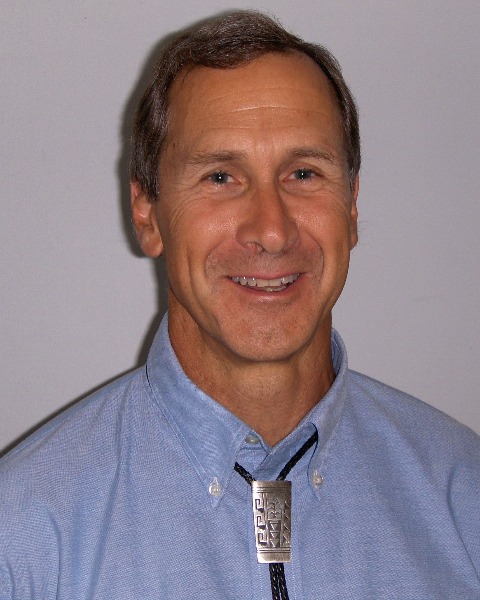Advocacy Project
Program: Section on Oral Health
P2.K207: The Medical Management of Early Childhood Caries using Silver Diamine Fluoride
Saturday, September 28, 2024
3:00 PM - 4:00 PM EDT
Location: Poster Hall: Hyatt Regency Orlando, Plaza International Ballroom
Background: Early Childhood Caries (ECC) is the most common infectious disease of childhood. Yet the most common treatment of this condition is not medical but continues to be surgical; drilling and filling a tooth, or extraction. Silver Diamine Fluoride (SDF) was approved in 2016 by the FDA as a "breakthrough therapy" for ECC. SDF is a topical therapy that allows for medical management of caries. It successfully arrests ECC in 90% of children. It has no significant side effects other than cosmetic discoloring of the teeth.
We need a paradigm shift in treatment of ECC similar to what occurred with the treatment of peptic ulcer disease when Helicobacter pylori was discovered in 1982. Within a few years the treatment of peptic ulcer disease, now recognized as an infectious illness, changed from surgery (gastrectomy or vagotomy) to medical therapy (antibiotics and antacids) with great success.
While pediatric dentists are increasingly using SDF, there is only one pediatric dentist for every 6,000 children < 5 years of age in the US. Treatment of young children will remain limited until SDF is available in medical settings. The main barrier to increased use of SDF in clinics is the pediatrician's lack of familiarity with the product. To advocate for the wider use of SDF in medical settings we developed a model SDF program that can be easily adopted in clinics.
Project Description: We developed a program of didactic reading, PowerPoint presentation, and video instruction that required 90 minutes to complete. We used a simplified method of SDF application based on best practices which did not require any dental equipment. Each trainee complete five applications of SDF under supervision. We created an inventory of supplies for SDF that fit in a small equipment basket easily carried in a clinic. We used a standardized consent form which included before and after pictures of the application of SDF. We created an EMR template that captured needed information and included codes for billing including the recently approved AMA procedure code 0792T for application of SDF in a medical setting.
Discussion: This SDF program was successfully implemented in a pediatric clinic. Patients were referred from well child visits and scheduled for 20 minute visits to "Cavity Clinic". Show rate after referral was 70%. No patients declined treatment after being counseled on the permanent cosmetic changes of SDF. There were no adverse effects. One patient with deep pulpitis did require urgent referral for operative repair. All visits were successfully billed to Medicaid.
Conclusion: SDF can be applied in a medical setting if providers are properly instructed, needed equipment is provided, and EMR templates are created for appropriate documentation and billing. This advocacy package could be exported to other medical settings.
We need a paradigm shift in treatment of ECC similar to what occurred with the treatment of peptic ulcer disease when Helicobacter pylori was discovered in 1982. Within a few years the treatment of peptic ulcer disease, now recognized as an infectious illness, changed from surgery (gastrectomy or vagotomy) to medical therapy (antibiotics and antacids) with great success.
While pediatric dentists are increasingly using SDF, there is only one pediatric dentist for every 6,000 children < 5 years of age in the US. Treatment of young children will remain limited until SDF is available in medical settings. The main barrier to increased use of SDF in clinics is the pediatrician's lack of familiarity with the product. To advocate for the wider use of SDF in medical settings we developed a model SDF program that can be easily adopted in clinics.
Project Description: We developed a program of didactic reading, PowerPoint presentation, and video instruction that required 90 minutes to complete. We used a simplified method of SDF application based on best practices which did not require any dental equipment. Each trainee complete five applications of SDF under supervision. We created an inventory of supplies for SDF that fit in a small equipment basket easily carried in a clinic. We used a standardized consent form which included before and after pictures of the application of SDF. We created an EMR template that captured needed information and included codes for billing including the recently approved AMA procedure code 0792T for application of SDF in a medical setting.
Discussion: This SDF program was successfully implemented in a pediatric clinic. Patients were referred from well child visits and scheduled for 20 minute visits to "Cavity Clinic". Show rate after referral was 70%. No patients declined treatment after being counseled on the permanent cosmetic changes of SDF. There were no adverse effects. One patient with deep pulpitis did require urgent referral for operative repair. All visits were successfully billed to Medicaid.
Conclusion: SDF can be applied in a medical setting if providers are properly instructed, needed equipment is provided, and EMR templates are created for appropriate documentation and billing. This advocacy package could be exported to other medical settings.

Stephen Holve, MD
Pediatrician
Tuba City Regional Health Care Corporation
Tuba City, Arizona

